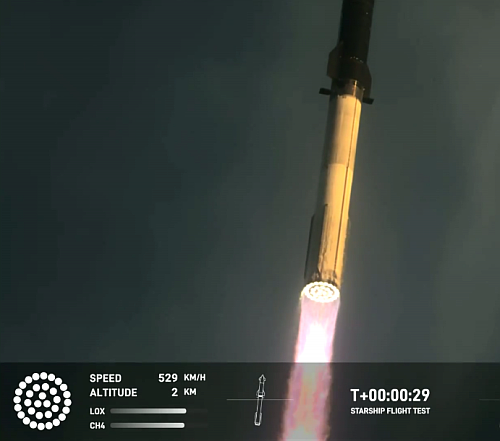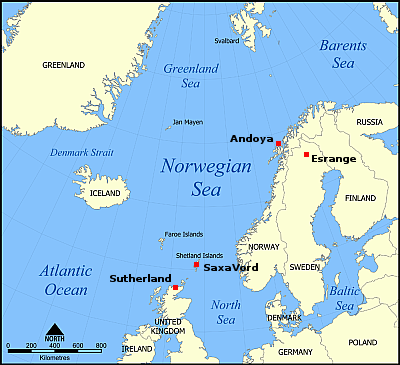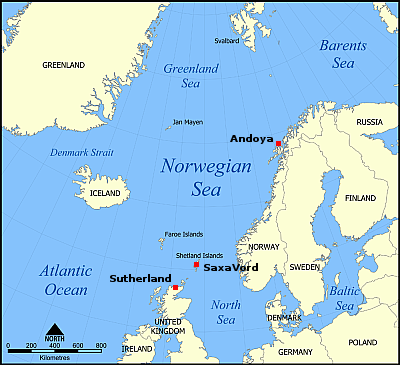Real pushback: Soldiers punished by Biden for refusing jab now sue for billions

Fighting the left’s playbook
Bring a gun to a knife fight: The many military soldiers punished by Biden for refusing the Covid jab have now filed a class action lawsuit for what they expect to be worth billions.
Former troops are suing the U.S. government for lost pay and benefits due to the Biden administration’s military vaccine mandate, one of the lawyers who successfully brought down the Anthrax vaccine told Breitbart News.
Attorney Dale Saran, a retired Marine, and fellow attorneys Andy Meyer and Brandon Johnson are representing the former troops in three separate lawsuits they plan to turn into a class action lawsuit on behalf of all service members who were either kicked out or illegally ordered to stop drilling, resulting in loss of pay or benefits. Saran said the amount is in the “billions.”
“It’s worth billions. That’s just flat-out. That’s what it is in backpay. It’s billions of dollars,” he said.
Though only about 8,000 active-duty troops were kicked out of the military due to the Biden jab mandate, the lawyers estimate another 80,000 to 100,000 soldiers are due compensation for lost benefits because they were made inactive or forbidden from participating in drill activities.
The lawsuit has been filed in U.S. Court of Federal Claims, a specialized court where illegal military discharges are heard. Lawyer Saran won a similar suit in that court over the military’s anthrax mandates back in the late nineties. The case now is likely stronger because, as he notes,
They were basically [without] the benefit of any due process. No boards were held. They didn’t hold any administrative separation boards; they didn’t hold any hearings. They didn’t do any federal recognition boards; none of the administrative or judicial procedures were used. They just flat-out did it.
This willful refusal to follow the law has been typical behavior by the left since the start of the Wuhan panic. The law no longer applies to them. They want to do something, they do it, even if it is illegal and hurts someone else. Shutter businesses illegally, silence opponents illegally, favor some races illegally, fire soldiers illegaly, mandate jabs and masks illegally, demand health records illegally: All okay because the good people are doing it! How dare you question their righteousness?
The worst aspect of these violations of law has been the meek willingness of everyone to go along with them. Most shameful.
» Read more

Fighting the left’s playbook
Bring a gun to a knife fight: The many military soldiers punished by Biden for refusing the Covid jab have now filed a class action lawsuit for what they expect to be worth billions.
Former troops are suing the U.S. government for lost pay and benefits due to the Biden administration’s military vaccine mandate, one of the lawyers who successfully brought down the Anthrax vaccine told Breitbart News.
Attorney Dale Saran, a retired Marine, and fellow attorneys Andy Meyer and Brandon Johnson are representing the former troops in three separate lawsuits they plan to turn into a class action lawsuit on behalf of all service members who were either kicked out or illegally ordered to stop drilling, resulting in loss of pay or benefits. Saran said the amount is in the “billions.”
“It’s worth billions. That’s just flat-out. That’s what it is in backpay. It’s billions of dollars,” he said.
Though only about 8,000 active-duty troops were kicked out of the military due to the Biden jab mandate, the lawyers estimate another 80,000 to 100,000 soldiers are due compensation for lost benefits because they were made inactive or forbidden from participating in drill activities.
The lawsuit has been filed in U.S. Court of Federal Claims, a specialized court where illegal military discharges are heard. Lawyer Saran won a similar suit in that court over the military’s anthrax mandates back in the late nineties. The case now is likely stronger because, as he notes,
They were basically [without] the benefit of any due process. No boards were held. They didn’t hold any administrative separation boards; they didn’t hold any hearings. They didn’t do any federal recognition boards; none of the administrative or judicial procedures were used. They just flat-out did it.
This willful refusal to follow the law has been typical behavior by the left since the start of the Wuhan panic. The law no longer applies to them. They want to do something, they do it, even if it is illegal and hurts someone else. Shutter businesses illegally, silence opponents illegally, favor some races illegally, fire soldiers illegaly, mandate jabs and masks illegally, demand health records illegally: All okay because the good people are doing it! How dare you question their righteousness?
The worst aspect of these violations of law has been the meek willingness of everyone to go along with them. Most shameful.
» Read more










